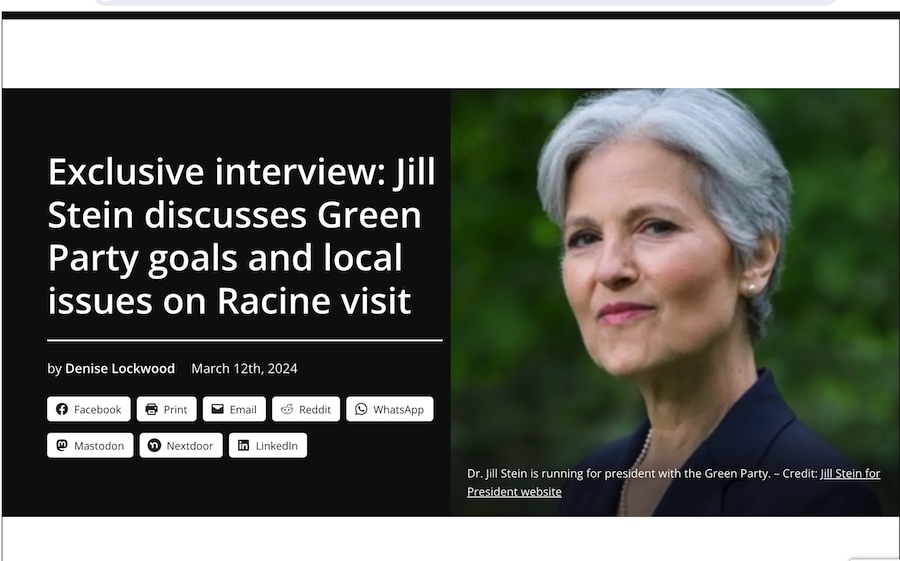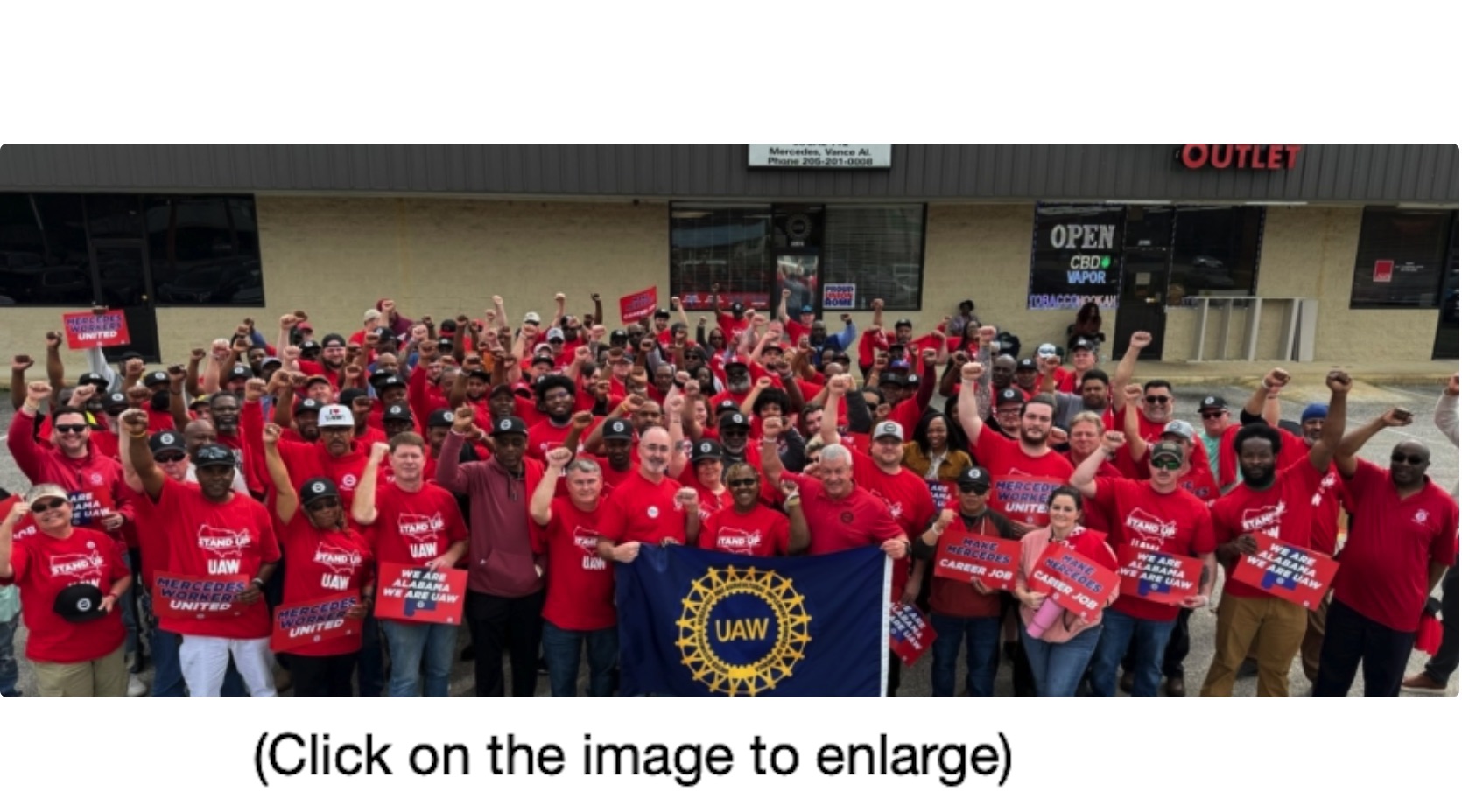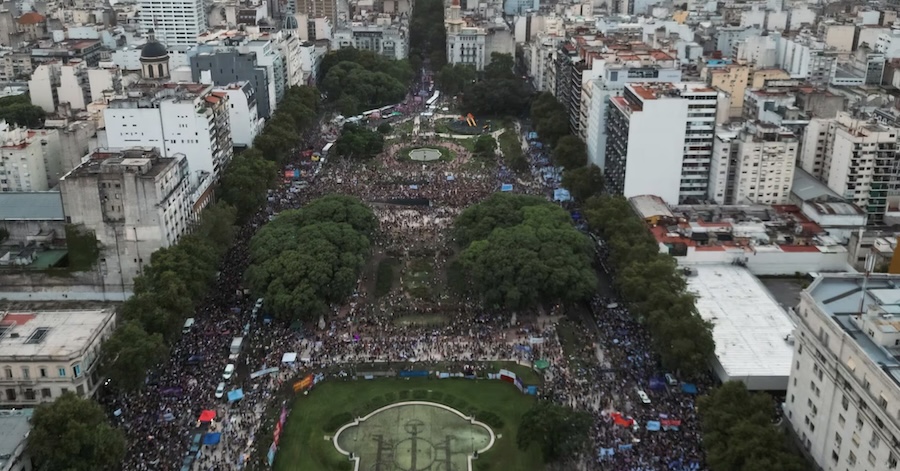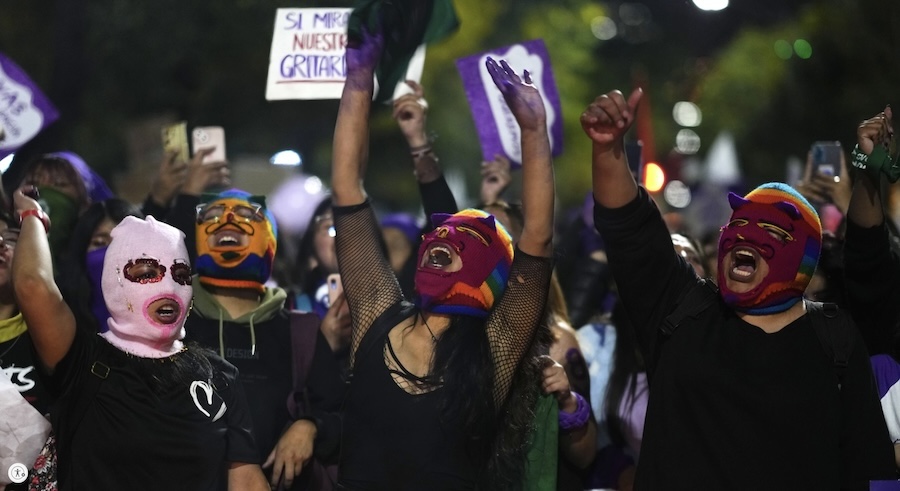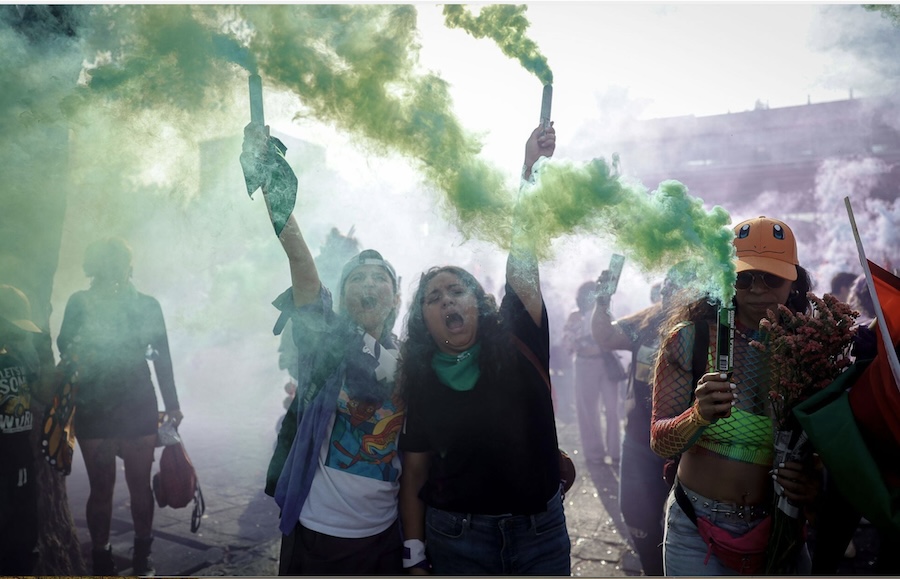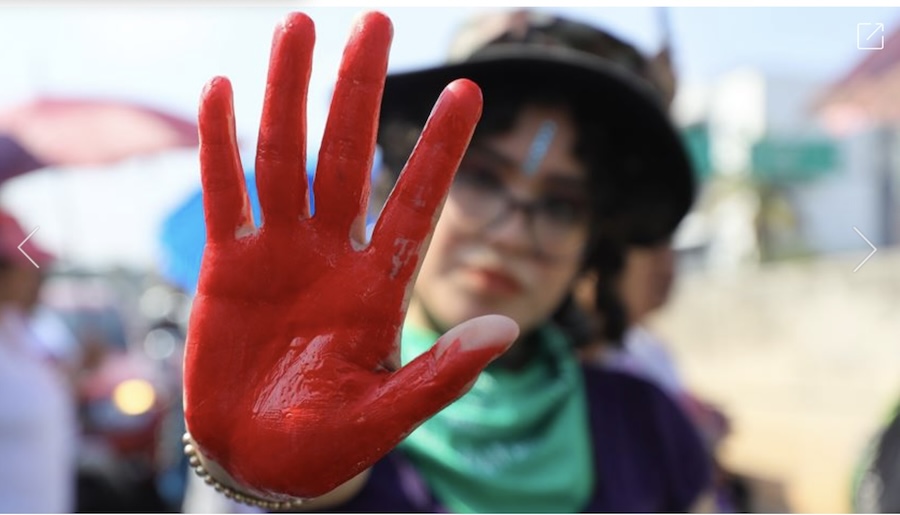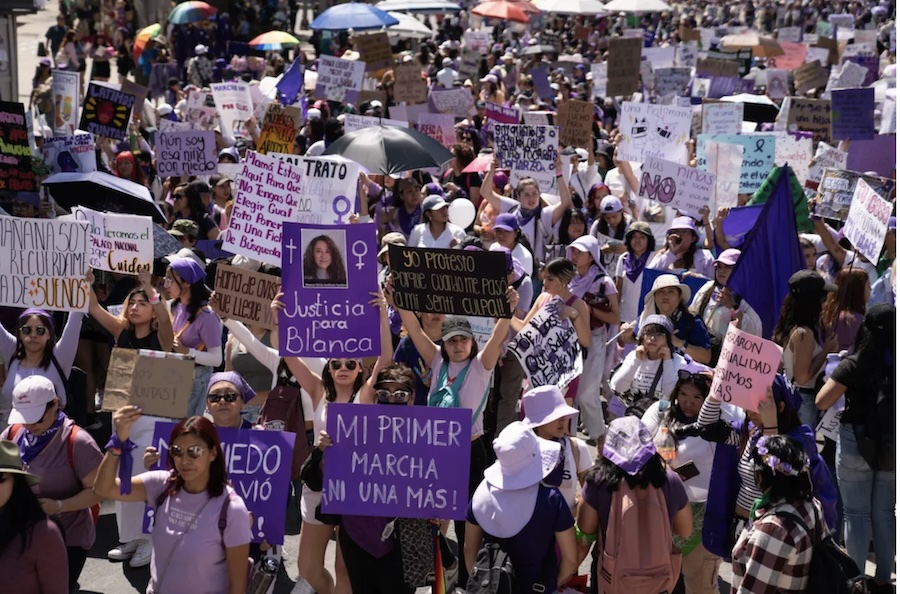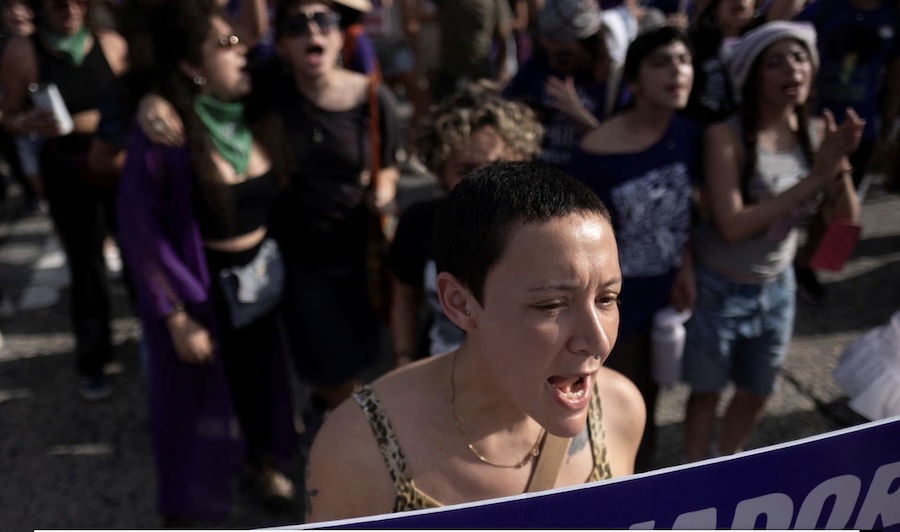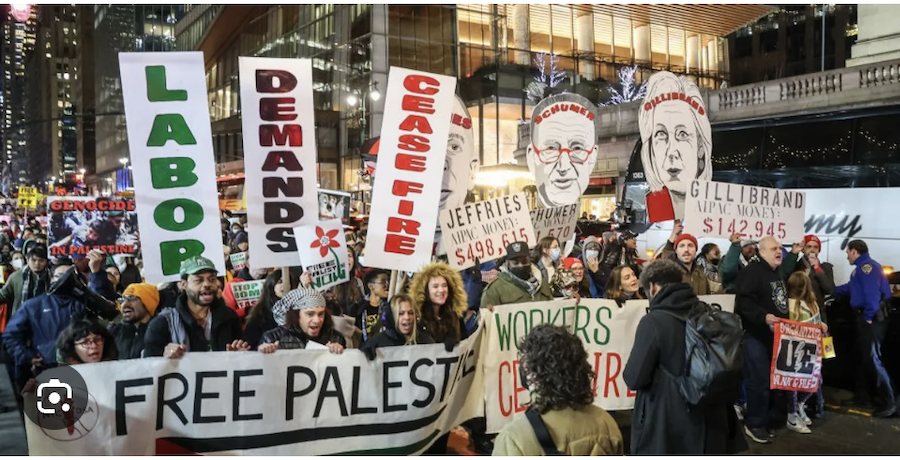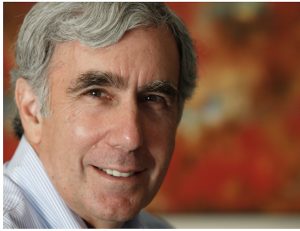FREE FLOW OF INFORMATION .
Excerpts from video interview by C-Span on April 2
2024 Independent presidential candidate Cornel West talked about his candidacy, platform, and views on U.S. politics today.
Pedro Echevarria
If you had to boil down your candidacy to a few sentences what would you tell people?
Cornel West
It would be based on the legacy of Martin Luther King Jr and Fannie Lou Hamer, which is trying to get beyond all the lies, all the revenge. I try to talk about truth, justice and love in a context where it seems it is very, very difficult to have any moment of substantive morality, where politics has become legalized corruption and normalized bribery, where they will say anything to stay in office and where there is no genuine concern for people, let alone poor people, working people, people who have been subjugated and degraded. This is not just empty moral rhetoric. If we give up on serious commitment to public life and citizens being human beings, as opposed to being objects to be manipulated. then the country is over, the American project as we have understood it will be over. I want to raise my voice to mobilize people and get people to see that Trump is leading us toward second civil war and Biden is leading us to a third world war. We’ve got to do better than those two as an option at this particular moment of history.
 Video of interview
Video of interviewPedro Echevarria
Do you have a political background? And what do you think about electing someone to office without a political background?
Cornel West
Well, I think what we need, Brother, is we need new persons, new characters and new visions injected into our system. My political background is that I have been fighting for poor and working people for 55 years. I’ve worked with a number of different candidates. Sometimes they were within the Democratic party, sometimes they have been outside. More and more they have been outside, because the Democratic party, itself, has succumbed to capture by Wall Street and the Pentagon, by the war profiteers, on the one hand, and the money-makers, on the other. The Republican party has given up for a long time, captured by big money. It’s true that people look at me and say, “Well, you have never been an elected official.” That’s exactly right. I have been an active citizen trying to ensure that truth and justice can procure a place in American politics and that is very much what i would do as president. i would set a completely different tone, a completely different vibe coming from the White House. And that would be “working people you are at the center of public policy. not Wall Street, not looking at the stock market but rather Main Street and looking at access to health care, access to quality education, access to safe communities, access to housing as a human right just like health care is a human right. we have to push back these predators that have been pushing out so many poor and working people when it comes to housing a whole host of other rights.
Pedro Echevarria
On your website one of the things you advocate for is a wealth tax on all billionaire holdings and transactions, a $27 minimum wage and establish a federal universal basic income commission. As far as the wealth tax is concerned, I know that President Biden has called for increased taxes on the wealthy, but what is your definition of a wealth tax? How would that work?
(Article continued in the column on the right)
Where in the world can we find good leadership today?
How should elections be organized in a true democracy?
(Article continued from the column on the left)
Cornel West
Well, a wealth tax, really, is something that is very difficult to enforce. as much as i would put it on paper, we know that the wealthy are so clever with their lawyers and create loopholes. I am much more concerned about disinvesting from the military. 62 cents for every one dollar in the discretionary budget in Washington goes to the military. We have 800 military units around the world and special operations in 130 countries. We have to cut back massively on military spending and put it directly into universal basic income. Alaska was the first state to endorse me and the Aurora Party, in part because we agreed there should be a basic universal income, a social net below which people cannot fall. It’s so much easier to disinvest from the military and reinvest directly into satisfying basic social needs than to follow through on a wealth tax, because we can have some of the most marvelous wealth taxes on paper and you can’t execute it because these loopholes are still there and the lawyers are hired, and there’s tax evasion in the Cayman Islands. You know the story, how difficult it is to follow through. Yes, I do support that on paper, but in terms of actually gaining resources for poor and working people we need to support a strong minimum wage and strong wing of the trade union movement as well as the fight for benefits and contribute to a robust public life in the country, we have to engage in a significant disinvestment of the military into satisfying basic social needs of our citizens.
I go to schools all the time and I see more policemen in elementary schools than nurses and counselors. Can you imagine if that was the case when we went to school? Good God Almighty, these are precious students, in the hood, in the barrios, the reservations, poor whites. What kind of future are we talking about with that militarized context? I was just at Atlanta, where we see the militarization, not just of the police, but any security officer. Why? Because as the society begins to decay we appeal to the military and we end up with more and more mass shootings and militaristic ways of dealing with conflict. That is the sign of a country going under. We’ve got to fight back as countervailing forces against organized greed and institutionalized hatred and routinized indifference to the most vulnerable. The 25th chapter of Matthew is a fundamental lens of which to view the world. What you do to prisoners, poor, the elderfly, the children, the widow, the orphan, the fatherless, the motherless. that is the criteria. . . .
Pedro Echevarria
Dr. West, I want to address a couple of things on your platform, making news even as we are talking today: one step to codify abortion rights as a constitutional mandate and to nationalize the health care industry, including the pharmaceutical industry. Why do you think that is necessary?
Cornel West
We have to have a fundamental commitment to women having control over their bodies. We know that if there were a debate and a conversation over abortion in men and men were the only ones who gave birth there would be a very different conversation. Let’s be honest about the patriarchal context of the discussion over abortion. Abortion is in many ways a difficult and delicate issue but we have to have a sensitivity to the woman and the child. I am firmly committed to women having control over the reproductive rights, and I am firmly committed to taking the greed out of our health system. I don’t know why we can’t have the same kind of health care system that the congress has, that the military has. They call that single payer because those are the offices tied to national security. i believe that health care like poverty and the human right to housing those are issues of national security too. The pharmaceutical companies and medical systems have been obsessed with profits and makes it difficult to satisfy the fundamental basic needs of the most vulnerable, and that is why i am committed to ensuring that every citizen has access to quality health care, quality education, safe neighborhoods with communities having oversight over the police . . .
Pedro Echevarria
How much ballot access do you have?
Cornel West
We began with Alaska with the Aurora Party, and then we moved to the United Citizens Party in South Carolina. Very interesting because that was the party that brother Cliburn helped to found in the 60’s and 70’s. I always applaud his early years, and that is the party that endosed me. I’m on the ballot in Utah. on the ballot in Oregon with the Progressive Party. We are on the move. We have low hanging fruits in terms of states where we’re able to get on the ballot once I make the announcement of a Vice-President candidate and they open up their particular dates to get on the ballot. We are very much on the move and trying to make sure that truth, justice and love has a place in a moment of overwhelming barbarity.
– – – – – –
If you wish to make a comment on this article, you may write to coordinator@cpnn-world.org with the title “Comment on (name of article)” and we will put your comment on line. Because of the flood of spam, we have discontinued the direct application of comments.
